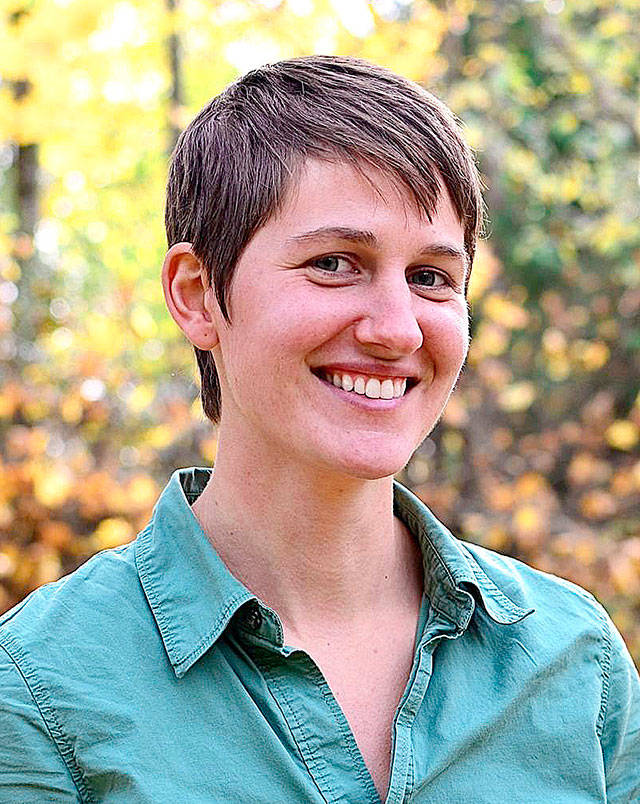What were you doing in 1988? Catching “Who Framed Roger Rabbit” in theaters? Cracking open your first bottle of lemon-flavored Snapple iced tea?
In Puget Sound, 1988 had a greener significance: the beginning of convenient curbside programs that have since flourished in Snoqualmie and other communities to dramatically reduce what goes to landfills.
If you don’t have the anniversary of recycling marked on your calendar, that’s OK. Perhaps one of the biggest testaments to the success of recycling in our region is that it now feels like an everyday part of our lives. What is worth remembering is the hard work that got us here.
Our region’s recycling story starts small. In the early ’70s, Seattle activist Armen Stepanian created the region’s first recycling program. He collected recycling in his neighborhood with a trusty Chevy van and the help of a revolving door of teens reporting for court-ordered community service. Starting with 65 homes in 1974, he quickly grew his route to more than 500.
Then, in 1988, Seattle Public Utilities and Waste Management officially teamed up to bring curbside recycling to Seattle, creating a program that grew into a national model.
Along the way, the recycling process has evolved to become easier and more efficient. Puget Sound was an early adopter of single stream recycling, allowing customers to put recyclable paper, metals, glass and plastic bottles in the same container.
In 2003, the Puget Sound recycling landscape changed again with the opening of Waste Management’s Cascade Recycling Center, paving the way for convenient, efficient processing of mixed recyclables for use in making new products. Using a high-tech assembly of sorting technologies including magnets, optical sorters and air jets, the WM facility now processes more than 10,000 tons of recyclables per month collected from more than 250,000 Washington households.
Today our region has some of the highest recycling rates in the country and we are leading the way in recovery of food scraps and yard debris. We’ve made massive strides over the past 30 years, but achieving a waste-free future is still all about working together to master the fundamentals: recycling all bottles, cans and paper, keeping recyclables clean and dry and making sure plastic bags stay out of recycling.
Simple? Absolutely. And following these guidelines is what keeps our region’s recycling machine humming along the way innovators like Armen Stepanian envisioned. So next time you empty out a soda can or roll your recycling out to the curb, remember, you are part of a proud 30-year tradition – and helping to shape our sustainable future.
Michelle Metzler is the recycling education and outreach manager for Waste Management. Have more recycling questions? When in doubt, find out at recycleoftenrecycleright.com/get-started.


